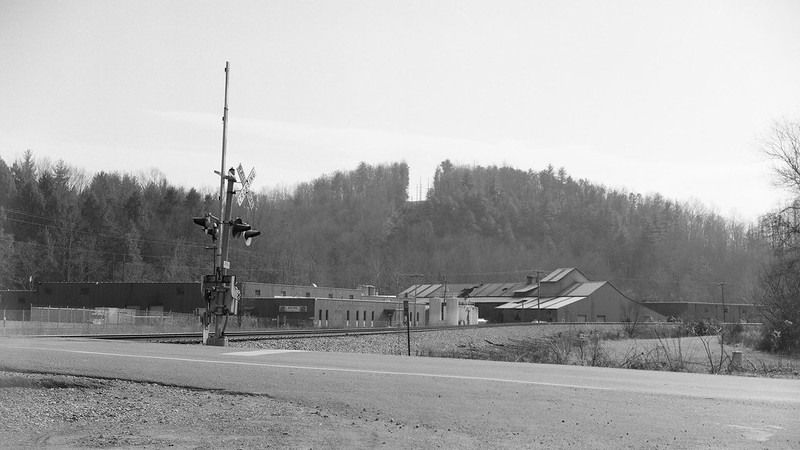Nice photo.
I think on the first comment above I would say some folders might have that problem. I think Moskvas were more prone to that. Also any camera that hasn't been treated well could be subject to that problem. But I think most were made to exacting standards. In their day, most were for people who had money and expected to get value for that money.
Not some: All. A TLR is a precise instrument, with lenses mounted into
a machined box and standard with fine tolerance for variation. Even a middling
TLR will outperform 90+ percent of the folders out there -- at least, if you
consider "performance" to mean ability to resolve an MTF chart.
Why? Several reasons:
(1) Even a well-designed folder moves its lens standard in and out on a
scissors-type set of arms (or other mechanism) that puts the lens out in
the general vicinity of where the optimal focal plane resides. Even when it
was new, even the best folder could not hit the right place reliably -- at least,
not to the exacting tolerance of the TLRs.
(2) These cameras are many decades old now. The folding mechanisms
are frail and subject to knocks and bends that make (1) worse.
(3) Most folders use lenses that focus by moving the front lens cell only.
It's not an optimal way to focus a lens and that affects performance as well.
That's not to say that folders aren't worth the effort. I have a few and they
are fun. My wife built her reputation on Agfa Record folders. If you are
shooting at f/8 it doesn't matter. And MTF charts are not the be-all and
end-all of photography. (It they were, I wouldn't be shooting a Rolleicord
II with a Triotar, or a Brownie.)
But it is wrong to suggest that a folder can keep up with a TLR in terms of
optical resolution. The original poster seemed to care about whether he could
improve on the resolution of his Yashica. The answer is "probably not" in
general, and "almost certainly not" with respect to folders.






